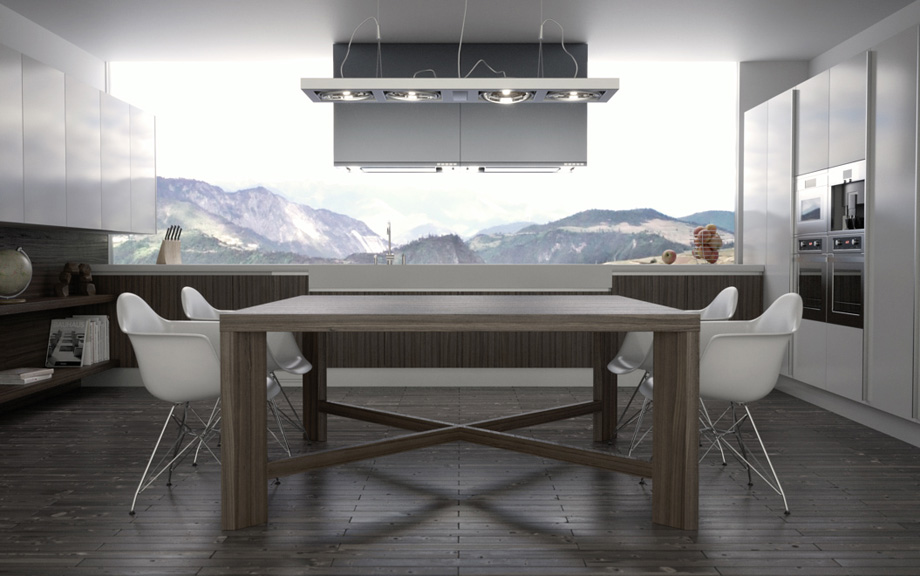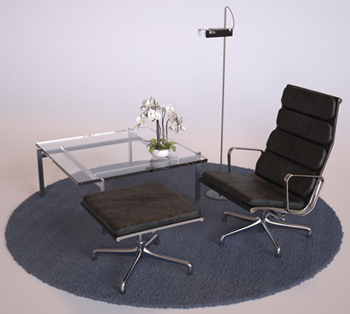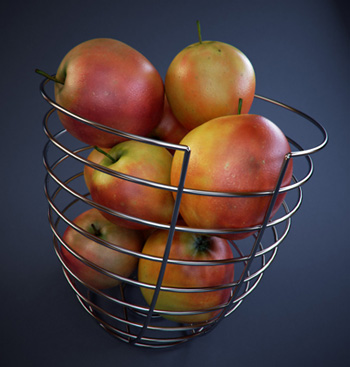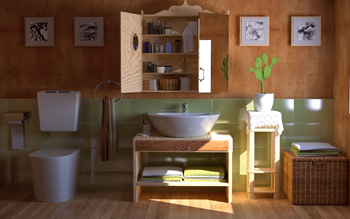|
Arthur Liebnau, known in the forum community as Zom-B, has shown himself to be a power user since the earliest days of Indigo's history. His relentless pushing of Indigo's limits has helped it become the powerful rendering engine it is today, and we are indebted to him for the many bug reports and suggestions he has made over the years. First of all, thanks for agreeing to do this feature! Please introduce your background and fields of specialisation. I'm a 29 years old Freelancer located in Hamburg, Germany. I did my exams in Communication Design & New Media some years ago. My actual specialisation is web design and Flash-based web development (AKA screen design), but since some years I try to augment this with 3D visualisation and motion design. How did you get started with 3D visualisation? Please tell us about some of your past projects. I had a Cinema4D course back at school. It was fun to do stuff in 3D, but I was always more into rendering than modelling stuff. My first real 3D project was for my exams, where I built a futuristic sports concept car in Cinema4D based on an existing design; the project had to be restarted from scratch several times, and was a hell of a task for me as a relatively inexperienced 3D guy. After the exams I kept working in the web design field, but some years ago I also started to play around with 3D again. My 3D breakthrough was simply the fact that in the screen design business nobody knows how to do 3D, so I ended up being the jack-of-all-trades regarding small special effects and 3D props for websites. In this way I ended up doing some full 3D viz jobs. Now I work mostly in product visualisation, creating CAD-based models that need to be animated or rendered for print. Which software tools do you use for your projects, and how do they fit into your workflow? I work with C4D, where I do all of the modelling. Regarding rendering output I use C4D's Advanced Render for "quick & dirty" visualisations and tight time-frame animations. Everything that needs to look realistic is rendering in Indigo. Besides this I use Photoshop for texture work. Regarding workflow the neat interaction with C4D through Cindigo is something to point out. I stay in C4D and don't need to hop over to a studio application to get my scenes prepared for Indigo. Converting a existing scene to be "Indigo ready" is a matter of minutes. |
|
||
|
|
What sort of timeframes do you see for your commercial work, and how do you meet the challenge of producing the final deliverables on time? I often work with CAD material, so after "cleaning up" the files I focus on lighting and setting up materials and doing textures. My timeframe for production is quite generous most of the time, so longer render times for unbiased rendering isn't a issue. I can get good results with Indigo relatively quickly, since its progressive nature is convenient for preview rendering. You very quickly get an impression of the final image including lighting & materials, even for complex scenes and situations. I also always use a slave renderer via network which speeds up previews and final renderings a lot. Network rendering is child's play in Indigo and you get benefit for each slave in your network without any hassle to set things up and allocate stuff, directly after hitting the render button your scene gets automatically transferred to the slaves and they join rendering. Since Indigo is a unbiased renderer without many abstract settings and options to tweak for hours like other render engines, you end up quickly with great results! I also prefer to work 1h setting up Indigo scene and render for 5h, than setting up a scene for 5h and render only in 1h! This is a very important point, since you can always render projects over night and you get a great looking image for breakfast :) You're well known as a power user in our community, using almost every available feature in Indigo. Which features have you found to be especially useful in your work? It's hard to point out single features, the whole package is quite solid and a great tool to work with:
Why do you use Indigo Renderer? I had the chance to follow Indigo development since version 0.5 years ago. The images people rendered in Indigo blew me away, so I started to play around with it to tame this beast for my needs. The high (beta) release rate of Indigo builds was very encouraging to stay with this software, well... and I'm still here :) Once Indigo went commercial I grabbed one of the lifetime licenses, so I'll stay around for some longer ;) Thanks for taking the time to do this feature, and of course for your valuable presence on the forum :) You are welcome. You can visit Arthur's portfolio homepage here: www.polygonmanufaktur.de |
||








